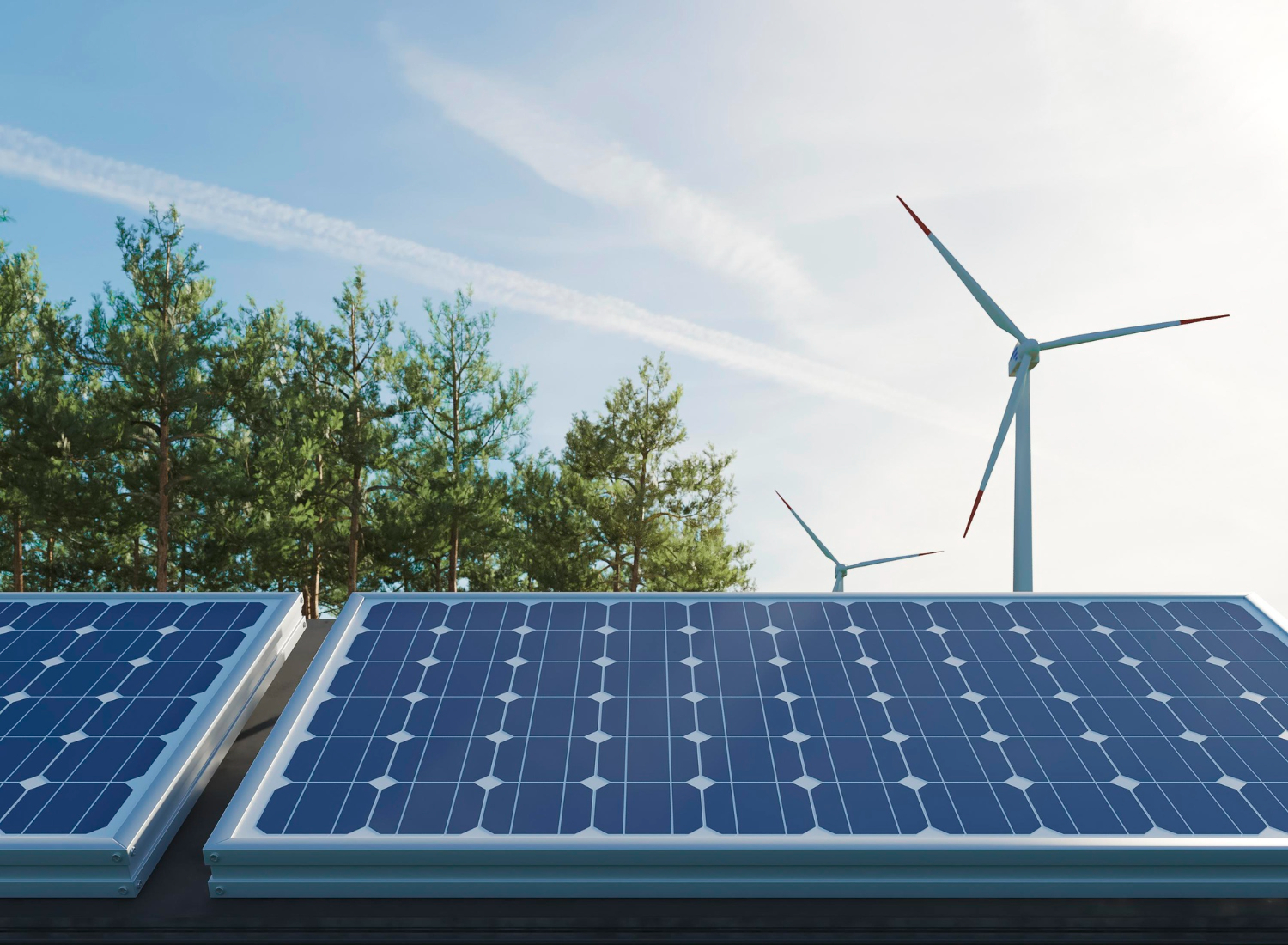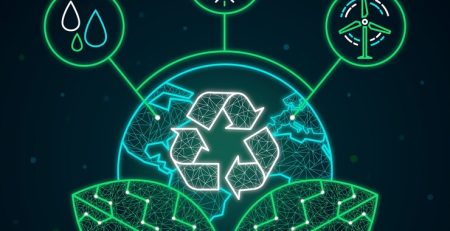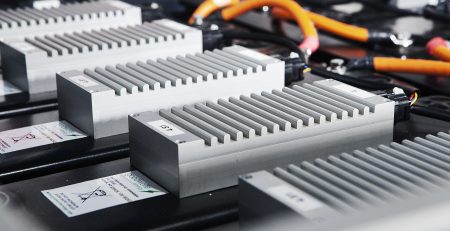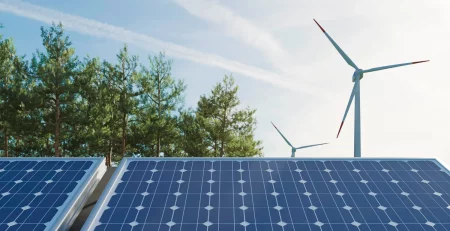How Renewable Energy Certificates (RECs) Drive Clean Power in the SERC Region
Regardless of your power source, electricity functions the same way in charging your electric vehicle, your TV, or running your air conditioner. However, suppose you live in the United States. In that case, part of this power comes from fossil fuels and renewable energy sources. RECs support the renewable energy market by identifying and tracking clean power sources. Without RECs, knowing those using renewable electricity would not be easy.
The Southeastern Electricity Reliability Council (SERC) region, which includes parts of the Southeastern United States, has transitioned to renewable energy sources in recent years. One key driver behind this transition is using Renewable Energy Certificates (RECs). RECs are essential for incentivizing the development and consumption of clean, renewable energy across the SERC region.
What is a Renewable Energy Certificate (REC)?
A renewable energy certificate (REC) is a market-based instrument representing the property rights to renewable electricity generation’s environmental, social, and non-power attributes. RECs are issued when one megawatt-hour (MWh) of electricity is generated and delivered to the grid from a renewable energy source.
How Renewable Energy Certificates (RECs) Work
RECs are a way to track solar, wind, and other green energy as they flow into the electric grid. Since electricity generated from renewable energy sources can be differentiated from what is produced by other sources, some form of tracking is required. Companies use them to offset their carbon emissions.
Batteries for storing electricity generated from solar and other renewable sources are still quite costly, especially for homeowners and small businesses. So, much renewable-generated power, such as from a home’s solar system, is fed back into the power grid for utility use by other customers since it has nowhere else to go if there is no battery on site. The renewable electricity provider, such as a homeowner with a rooftop solar panel, might receive a payment for each
REC. These certificates can be sold but are typically used as a credit toward their power usage later on, for example, when the solar panels don’t produce enough power for the home. The house has to draw power from the electricity grid.
The open market allows for the purchase and sale of RECs, which are uniquely numbered and tracked. Power generated through renewable sources is owned by REC buyers even if they did not generate it. Anyone who claims to use renewable electricity must have a REC to support their claim. When RECs are sold, they are retired from the tracking system to prevent others from claiming they are using green power.
Why Do Renewable Energy Certificates (RECs) Matter?
In the renewable energy market, Renewable Energy Certificates are the currency. You can support renewable energy production by purchasing RECs. RECs allow consumers without wind turbines or solar panels to use renewable electricity and increase demand.
The grid is the network that combines power generation, transmission, and distribution from different sources. Without a Renewayou’reergy Certificate, it is impossible to pinpoint the precise source of electricity used to run your air conditioning system. By tracking the energy source, RECs reassure the final consumer that their electricity is renewable.
How RECs Drive Clean Power in the SERC Region
RECs encourage investment in new renewable energy projects by providing financial incentives for renewable energy production. In the SERC region, wind farms, solar installations, and biomass facilities have increased. As more renewable energy is added to the grid, the region’s need for fossil fuels decreases. Reducing carbon emissions and improving air quality.
Meeting Renewable Energy Goals
Many states within the SERC region have set renewable energy goals to increase the share of renewable energy in their electricity mix. RECs provide a flexible and cost-effective way for utilities to meet these goals without necessarily investing in renewable energy infrastructure
themselves. By purchasing RECs, utilities can claim the environmental benefits of renewable energy without the associated costs.
Consumer Demand for Clean Energy
As users become more conscious of environmental issues and climate change, they call for more clean and renewable energy sources. With RECs, people and businesses may actively contribute to developing renewable energy by purchasing them to offset their power use. This consumer demand helps drive further investment in renewable energy projects in the SERC region.
Challenges and Opportunities
While RECs have successfully driven renewable energy development in the SERC region, challenges remain. The value of RECs can fluctuate based on market conditions, and transparent and standardized REC tracking systems are needed to ensure the market’s integrity.
However, the opportunities presented by RECs are extensive. With continued support and investment, the SERC region has the potential to become a leader in renewable energy development, creating jobs, reducing carbon emissions, and ensuring a cleaner, more sustainable future for all.
Conclusion
Renewable Energy Certificates (RECs) are crucial in driving clean power in the SERC region by incentivizing renewable energy development, helping utilities meet renewable energy goals, and satisfying consumer demand for clean energy options. While there are challenges to overcome, the opportunities presented by RECs are significant, paving the way for a cleaner, more sustainable energy future in the Southeastern United States.










